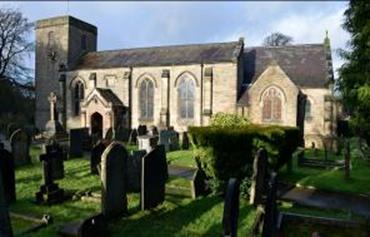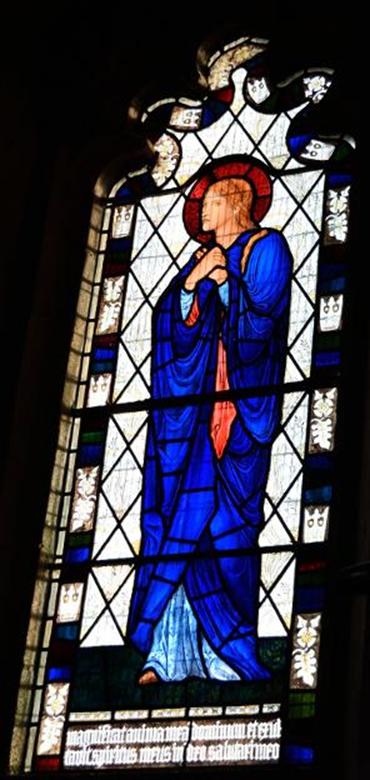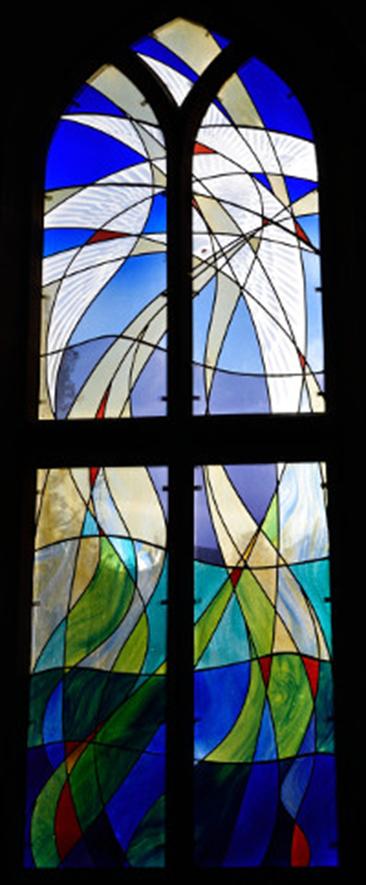|
St Johnís Church
Winster |

|
Church History
Nothing remains of the earliest church or churches on this site.† In the reign of Henry II St. Johnís was one of five chapels given to the Abbey of Leicester, that building having been erected in 1140.
In 1711 the church was re-built, but of this, only the tower remains, the date of construction being on the west end of the tower.† Details of this church can be seen in the painting hanging in the church
The church was enlarged and re-built around 1842, but it appears that it was poorly built as by 1883 the building was said to be unsafe and further alterations took place.
The interior of the church is unusual in design being double aisled with columns down the middle.
|

|
The font design and carvings indicates a possible Norman or earlier origin.† However, the carving seems too crisp for such an age, it is possible it was re-carved at some point.
|

|
In the south wall of the chancel (to the right of the Altar) is a stained glass window designed by Burne-Jones and made by William Morris and Co.
|


|
The modern window on the south of the aisle represents the holy spirit.† At the top is a representation of a dove, in the form of feathers and if you look closely an eye.† Godís spirit appeared as a dove at Christís baptism.
When a person is baptised, water is used to represent the washing away of an old way of life and the beginning of a new Christian life.† Oil may be used to anoint someone at baptism, during sickness or being ordained as a minister.† In the window, oil and water are pouring down and are shown mixing in the lower glass.
The patches of red represent flames, which appeared above the apostles heads when the holy spirit came upon them, empowering them with courage and wisdom to go out and preach Godís word.† Christians today believe that they need the help of Godís spirit to do his work, each one of us being given different gifts for this purpose
|